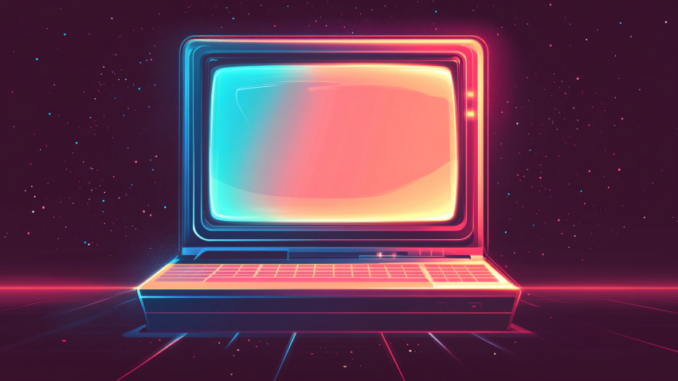
Join our daily and weekly newsletters for the latest updates and exclusive content on industry-leading AI coverage. Learn More
Sam Altman, CEO of OpenAI, made a striking admission on Friday that his company has been “on the wrong side of history” regarding open source AI, signaling a potential seismic shift in strategy as competition from China intensifies and efficient open models gain traction.
The candid acknowledgment came during a Reddit “Ask Me Anything” session, just days after Chinese AI firm DeepSeek rattled global markets with its open source R1 model that claims comparable performance to OpenAI’s systems at a fraction of the cost.
“Yes, we are discussing [releasing model weights],” Altman wrote. “I personally think we have been on the wrong side of history here and need to figure out a different open source strategy.” He noted that not everyone at OpenAI shares his view and it isn’t the company’s current highest priority.
The statement represents a remarkable departure from OpenAI’s increasingly proprietary approach in recent years, which has drawn criticism from some AI researchers and former allies, most notably Elon Musk, who is suing the company for allegedly betraying its original open source mission.
Sam Altman on DeepSeek: ‘We will maintain less of a lead’
Altman’s comments come amid market turmoil triggered by DeepSeek’s emergence. The Chinese company’s claims of building advanced AI models for just $5.6 million in training costs (though total development costs are likely much higher) sent Nvidia’s stock plummeting, wiping out nearly $600 billion in market value—the largest single-day drop for any U.S. company in history.
“We will produce better models, but we will maintain less of a lead than we did in previous years,” Altman acknowledged in the same AMA, addressing DeepSeek’s impact directly.

Sam Altman admits OpenAI’s closed strategy may be flawed
DeepSeek’s breakthrough, whether or not its specific claims prove accurate, has highlighted shifting dynamics in AI development. The company says it achieved its results using only 2,000 Nvidia H800 GPUs—far fewer than the estimated 10,000+ chips typically deployed by major AI labs.
This approach suggests that algorithmic innovation and architectural optimization might matter more than raw computing power. The revelation threatens not just OpenAI’s technical strategy, but its entire business model built on exclusive access to massive computational resources.
The open source debate: innovation vs. security
However, DeepSeek’s rise has also intensified national security concerns. The company stores user data on servers in mainland China, where it could be subject to government access. Several U.S. agencies have already moved to restrict its use, with NASA becoming the latest to block the application citing “security and privacy concerns.”
OpenAI’s potential pivot to open source would mark a return to its roots. The company was founded as a non-profit in 2015 with the mission of ensuring artificial general intelligence benefits humanity. However, its transition to a “capped-profit” model and increasingly closed approach has drawn criticism from open source advocates.
“The correct reading is: ‘Open source models are surpassing proprietary ones,’” wrote Meta’s chief AI scientist Yann LeCun on LinkedIn, responding to DeepSeek’s emergence. “They came up with new ideas and built them on top of other people’s work. Because their work is published and open source, everyone can profit from it. That is the power of open research and open source.”
A new chapter in AI development
While Altman’s comments suggest a strategic shift may be coming, he emphasized that open source isn’t currently OpenAI’s top priority. This hesitation reflects the complex reality facing AI leaders: balancing innovation, security, and commercialization in an increasingly multipolar AI world.
The stakes extend far beyond OpenAI’s bottom line. The company’s decision could reshape the entire AI ecosystem. Open-sourcing key models could accelerate innovation and democratize access, but it might also complicate efforts to ensure AI safety and security—core tenets of OpenAI’s mission.
The timing of Altman’s admission, coming after DeepSeek’s market shock rather than before it, suggests that OpenAI may be reacting to market forces rather than leading them. This reactive stance marks a striking role reversal for a company that has long positioned itself as AI’s north star.
As the dust settles from DeepSeek’s debut, one thing becomes clear: the real disruption isn’t just about technology or market value—it’s about challenging the assumption that closely guarded AI models are the surest path to artificial general intelligence. In that light, Altman’s admission might be less about being on the wrong side of history and more about recognizing that history itself has changed course.

